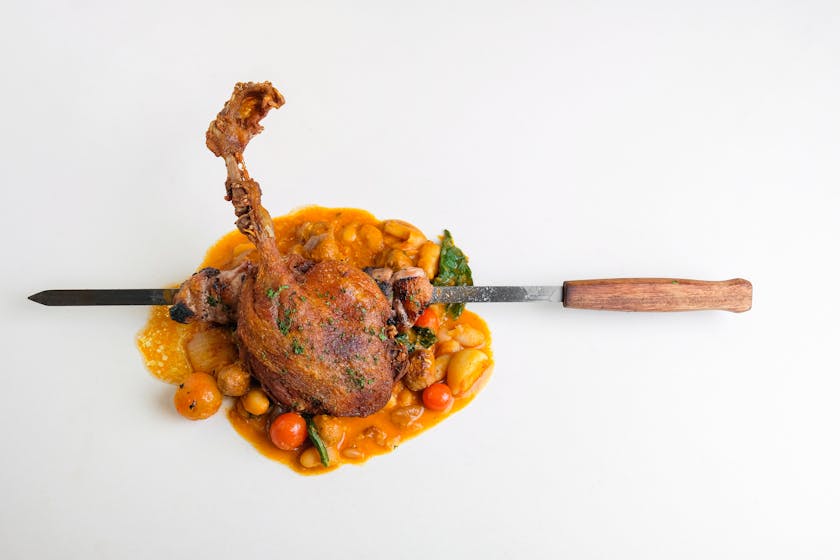When it comes to bulk meal storage, having a solid plan can save you time, money, and stress. This method of food preparation and storage, often associated with once-a-month cooking, allows you to cook large quantities of meals at once and store them for future use. Not only does this approach streamline your meal planning, but it also ensures you have healthy, home-cooked meals on hand at all times.
Understanding Bulk Meal Storage
The concept of bulk meal storage is simple: you dedicate a day or two each month to cooking large batches of meals, which are then portioned and stored for later consumption. This can involve a variety of storage methods, from freezing to refrigerating, depending on the type of food and how long you plan to keep it.
Planning Your Bulk Cooking Day
Before diving into the kitchen, planning is crucial. Start by selecting recipes that are suitable for freezing and can easily be reheated. Consider the preferences and dietary requirements of your household to ensure the meals you prepare will be enjoyed by all. Once you have a list of recipes, create a detailed shopping list to streamline your grocery shopping process.
Efficient Cooking Strategies
On your cooking day, efficiency is key. Organize your kitchen space, gather all necessary equipment, and begin by prepping ingredients for multiple recipes at once. For instance, if several meals require chopped onions, do all the chopping at one time. Cook similar ingredients together and use time-saving appliances like slow cookers or pressure cookers to your advantage.
Proper Food Storage Techniques
Once your meals are cooked, proper storage is essential to maintaining freshness and preventing spoilage. Allow food to cool completely before transferring it to containers, as this will prevent condensation and reduce the risk of bacterial growth. Use airtight containers or freezer bags to store your meals, and label each container with the name of the dish and the date it was prepared.
Freezing Your Meals
For freezing:
- Portion your meals into individual or family-sized servings for easy thawing.
- Wrap items tightly in plastic wrap or aluminum foil before placing them in containers to minimize air exposure.
- Leave a small amount of space at the top of containers as food expands when frozen.
Remember, most cooked meals can be stored in the freezer for up to three months without a significant loss of quality.
Refrigerating Your Meals
For refrigeration:
- Store meals that you plan to eat within the next 3-5 days.
- Keep the refrigerator temperature at or below 40°F (4°C).
- Use clear containers to easily see the contents and manage your inventory.
Thawing and Reheating Tips
When you’re ready to enjoy your pre-prepared meals, proper thawing and reheating are important for both safety and taste. For best results, thaw frozen meals in the refrigerator overnight. If you’re short on time, you can use the microwave’s defrost function, but be sure to reheat the meal immediately after.
Reheating:
- Always reheat meals to an internal temperature of 165°F (74°C) to ensure food safety.
- Stir food occasionally during reheating to distribute heat evenly.
- If you’re using an oven or stovetop, add a little water or broth to prevent drying out.
By following these tips and techniques, your bulk meal storage will be a resounding success. Not only will you save time, but you’ll also enjoy the comfort of home-cooked meals any day of the week, with minimal effort.

